Yoonie Han’s new album
Pianist Yoonie Han (yooniehan.com) is an award-winning concert pianist, currently living in Hong Kong. She first caught my attention at a piano recital in New York in April 2019.
I greatly enjoyed Ms. Han’s recital, and took home a signed copy of her Steinway & Sons CD Le Rossignol Eperdu. So when she told me about her new album Hollywood Romance, I couldn’t wait to explore it.
Hollywood Romance (Universal Music, Nov. 2020)
Hollywood Romance consists of 13 tracks of romantic-style classical music used in Hollywood movies. Some tracks are original piano works. Others are piano transcriptions or arrangements.
This is beautiful classical piano, played by an accomplished pianist. The recording quality is excellent, and the performances lush. Here are some tracks that caught my attention.
Rachmaninoff: Andante Cantabile (Paganini Rhapsody var. 18)
This concerto-like work for piano and orchestra is used in various movies, most notably Somewhere In Time (1980). It is one of Rachmaninoff’s most filmic compositions.
Ms. Han’s arrangement is clean and and convincing. Her interpretation is warm, conservatively paced and characteristically luminous. She stretches Rachmaninoff’s crescendos without breaking them, and closes with serene beauty. Here is video from the recording sessions.
Gershwin: Rhapsody in Blue
Many pianists play this faster than Gershwin’s molto moderato, but not Ms. Han. Her judicious pacing and restrained crescendos evoke grandeur that I am not used to from Gershwin. The resulting musical experience feels somehow wider and deeper, more movie-like.
Puccini: O Mio Babbino Caro
Before listening to this track, I watched soprano Elisabeth Nefeli sing the aria. That was not a good way to approach this piano arrangement! Ms. Han weaves an elegant tapestry of arpeggios, and Puccini’s soulful melody flows and ebbs under her hands as it should. But Puccini fans waiting to hear heart-wrenching soprano high kicks may be disappointed, because a piano just can’t do that kind of thing.
Schubert/Liszt: Ständchen (Schwanengesang D 957 No 4)
Ms. Han’s liquid touch and Schubert’s flowing melodies work well together. Hear this on YouTube at Liszt: Schwanengesang, S. 560 (after F. Schubert).
Where to get Hollywood Romance (links from the artist)
- Apple Music: https://music.apple.com/gw/album/hollywood-romance/1540051411
- Spotify: https://open.spotify.com/album/7h7Kr94IxEh48PydgM2mBc
- QQ Music: https://y.qq.com/n/yqq/album/004PkYOw3sNAi3.html
- Amazon Music: https://music.amazon.com/albums/B08NWBZSDJ
The album is available as a CD overseas, but not in US markets at this time.
[Roving Pianist writes independent reviews and has no financial stake in sales of this product]

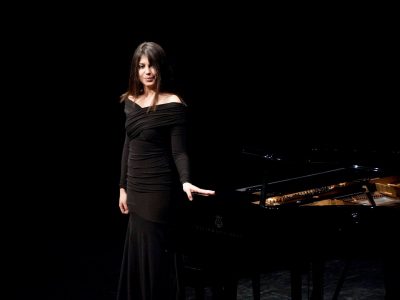
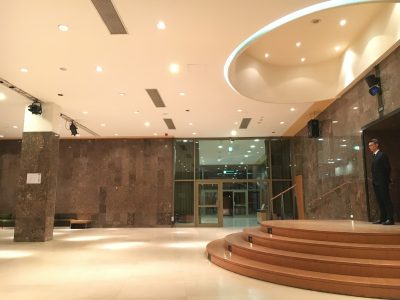
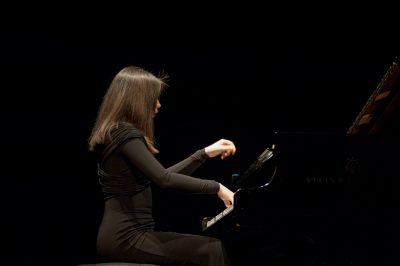
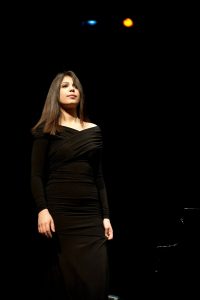
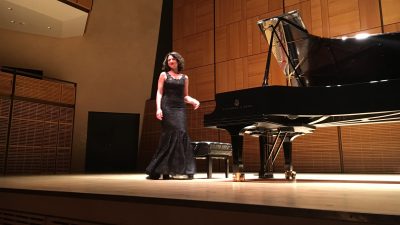
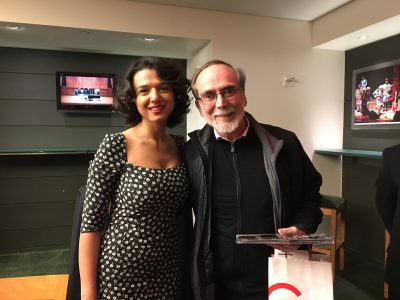
You must be logged in to post a comment.